Exchange rates rise, credit stationary
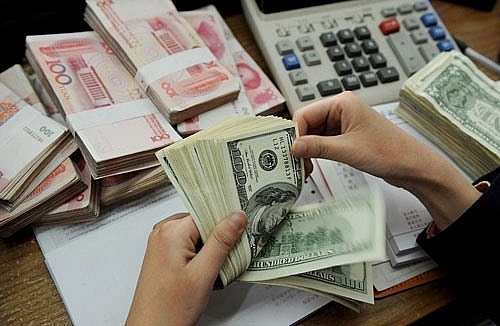 |
| Exchange rates for both the central bank and other commercial banks rose slightly in February, while the credit sector showed little significant change, said the National Financial Supervisory Commission (NFSC).- Photo vietnamnet.vn |
In its financial and economic situation report for the first two months of 2018, published Wednesday, the NFSC listed an increase of 0.13 per cent and another of 0.12 per cent from the end of 2017, for the central bank’s exchange rate and commercial banks’, respectively.
Meanwhile, the free market rate has increased about 0.22 per cent, with the prospect of future increases.
Such increases are due to the dollar’s recovery in February, according to the NFSC.
The NFSC report forecasts that the exchange rate between the US dollar and Vietnamese đồng in 2018 will continue to increase slightly at 1.5 to 2 per cent, creating a competitive advantage for exports.
The dollar is expected to continue depreciating, says the NFSC’s report, with the prospect of a positive foreign indirect investment (FII) flow.
In particular, such an exchange rate will continue to be supported by the current surplus trade balance. As of February, VIệt Nam is enjoying a trade surplus of $1.6 billion.
In a February statement, Trần Hoàng Ngân, member of the Prime Minister’s Economic Advisory Board, said that the biggest challenges for Việt Nam’s financial stability in 2018 included the exchange rate and interest rates, with quite a few governments adjusting their exchange rate policy, especially for strong currencies.
Nevertheless, he remained confident that the State Bank of Vietnam would have sufficient operating experience to maintain macroeconomic stability, controlling inflation and supporting economic growth.
The NFSC report says since the year’s beginning, credit growth has been lower than the same period in 2017.
In the first two months, total credit including corporate loans and corporate bond investment increased by 0.9 per cent from the year’s beginning, while the same period between 2016 and 2017 saw an increase of 1.6 per cent.
Regarding credit structure, the amount of accumulated medium and long term credit continued to decline, accounting for 53 per cent of total credit, while short-term credit now accounts for 47 per cent.
Since the year’s beginning, lending within the manufacturing sector accounted for about 22.1 per cent of total credit, followed by consumer loans at about 18.3 per cent and real estate sector’s lending at 16.1 per cent, while the agriculture, forestry and fishery sectors’ loans accounted for 8 per cent.
At the same time, the interbank rates rose again by the end of February, with overnight lending rate at 3.3 per cent, or about 2 percentage points higher than at the end of January and 2.1 points compared to last year’s number.
The banking system’s liquidity is more plentiful due to seasonal factors relating to the Lunar New Year in February, as evident through the credit to deposit ratio increasing year-on-year from 85.5 per cent to 88 per cent at the end of February.
Non-performing loans were reported to stay at around 2.5 per cent of all structured debt in the first two months, concentrated at a few unstable credit institutions.
What the stars mean:
★ Poor ★ ★ Promising ★★★ Good ★★★★ Very good ★★★★★ Exceptional
 Tag:
Tag:
Related Contents
Latest News
More News
- Vietnam in waiting list for market upgrade to secondary emerging (March 28, 2024 | 16:37)
- High-tech investment influx reliant on stable power supply (March 28, 2024 | 11:30)
- New land law could entice Viet Kieu home (March 27, 2024 | 18:00)
- Non-stop toll collection to be officially applied in five airports from May 5 (March 27, 2024 | 11:35)
- Vice State President now Acting President (March 22, 2024 | 14:47)
- Party Central Committee agrees to let Vo Van Thuong cease holding positions (March 22, 2024 | 14:41)
- PM, USABC discuss deepening partnership in Vietnam (March 22, 2024 | 11:48)
- PM urges further rate cuts, improved credit access to remove obstacles, promote growth (March 15, 2024 | 11:47)
- Vietnamese citizens warned about fraudulent job offers abroad (March 15, 2024 | 10:04)
- Aquatic product exports likely to hit 9.5 billion USD this year: VASEP (March 07, 2024 | 16:50)



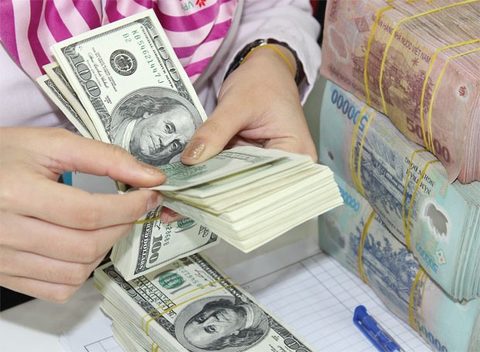
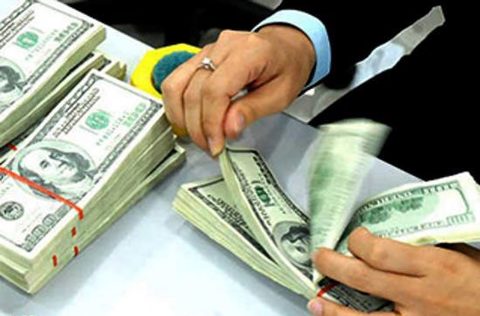
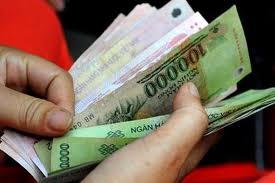
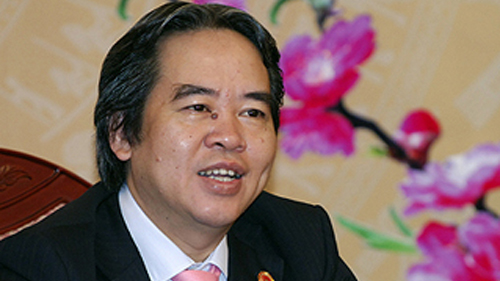


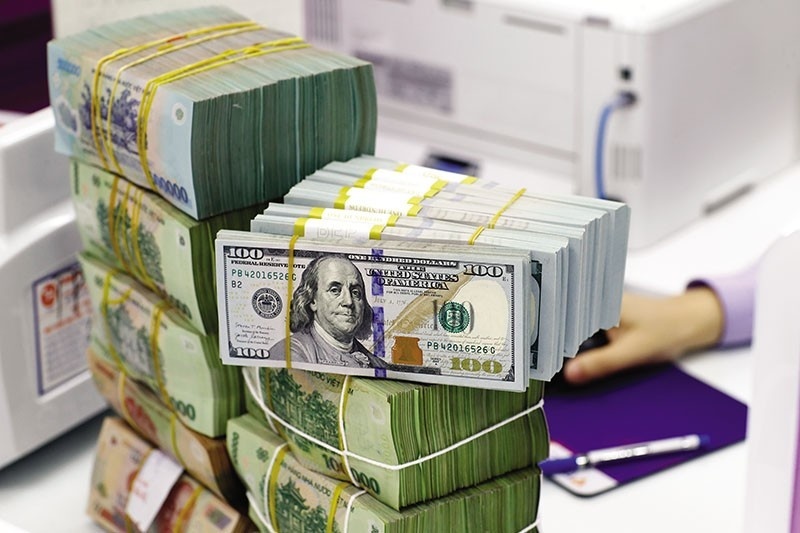

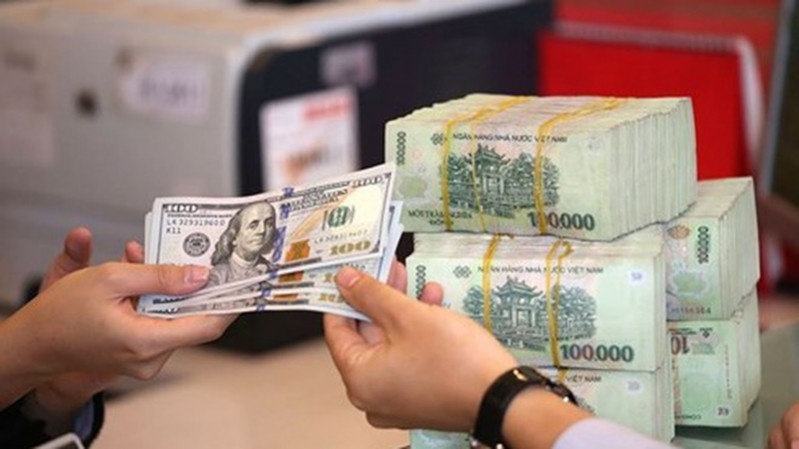




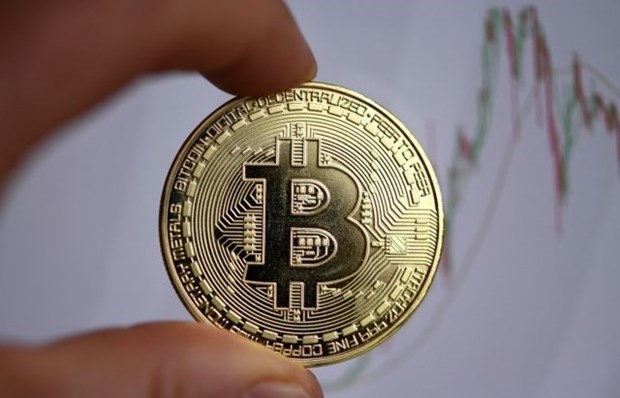



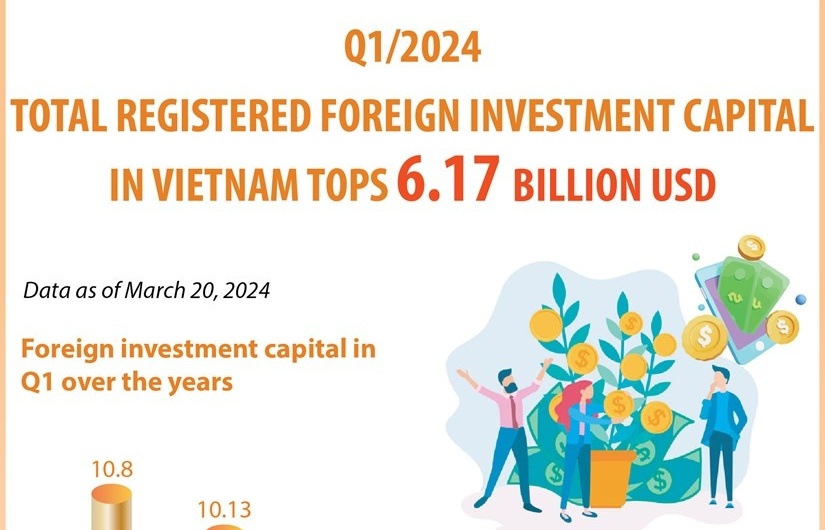



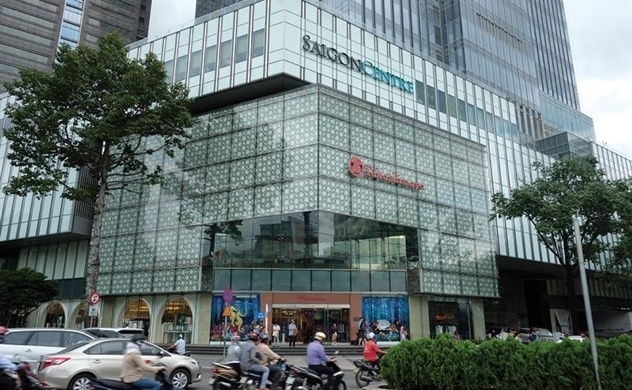





 Mobile Version
Mobile Version